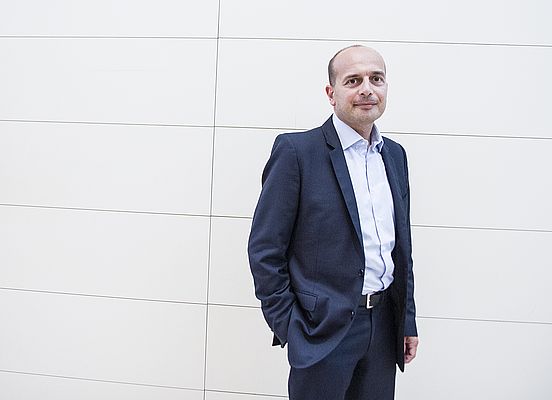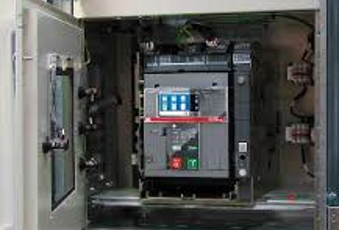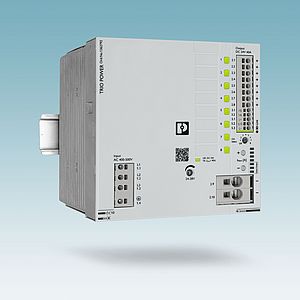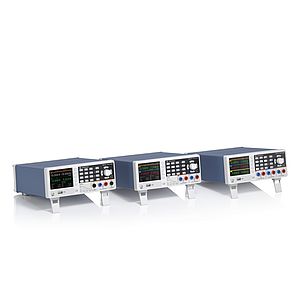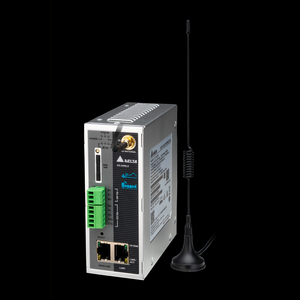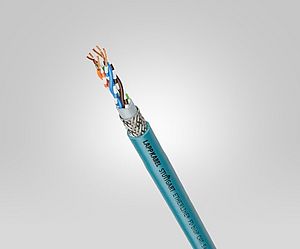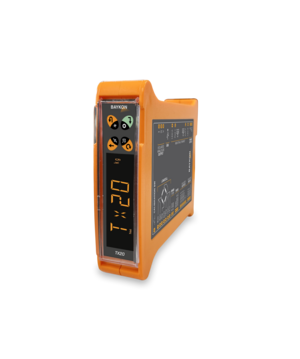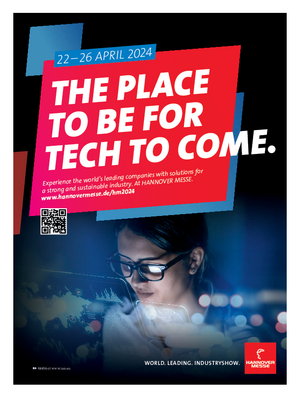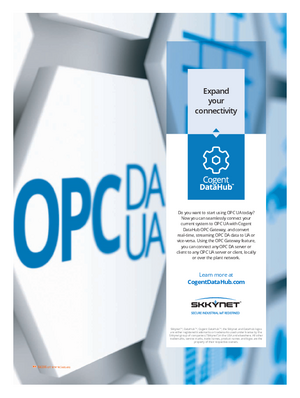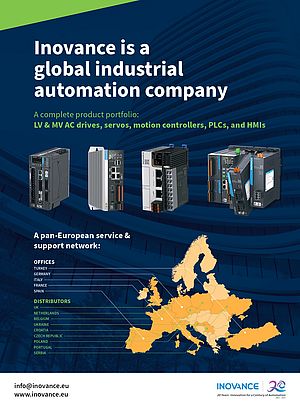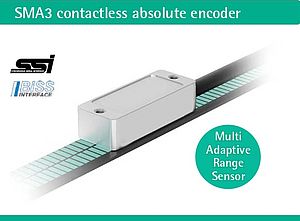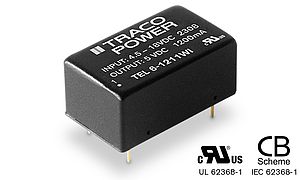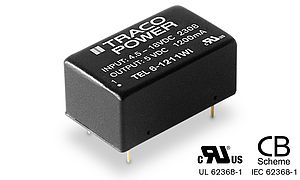In 2009, the European Commission (EC) identified the need for Europe to address the big scientific and technological challenges of the age through long-term, multidisciplinary R&D efforts. To pave the way for Europe to be a key actor in the ongoing technological revolution, the EC set up the Future and Emerging Technology (FET) Flagships, handling part of the risk of developing new technologies. Among the FET Flagships, the Graphene Flagship is, by definition, a massive project. Created in 2013, it is one of the biggest scientific research initiatives ever funded by the EC. A €1 billion project that involves over 145 academic and industrial partners across 21 countries in Europe and aims to bring graphene and related materials (GRM) from academic laboratories to commercial applications, in ten years (2013-2023). Thanks to the combined academic-industrial consortium, the research effort covers the entire value chain, from materials production to components and system integration. The final goal is to generate economic growth, new jobs and new opportunities for Europeans investors and employees.
To summarize, the Graphene Flagship Initiative is a technology accelerator that helps Europe to compete with other global markets in research and innovation. Its goal is to fund research on this material with unique properties and support Spearhead Projects towards tech-readiness levels. Jari Kinaret, Director of the Graphene Flagship, explains: “The Spearhead Projects are market-motivated, industry-led sub-projects that aim at creating prototypes at TRL 6 or above, in areas where graphene-related technologies have an edge over competing approaches.”
What is Graphene?
As an allotrope of carbon, Graphene is the basic structural element of other allotropes such as graphite or charcoal. It comprises a single layer of atoms in a two-dimensional hexagonal lattice in which one atom forms each vertex. Regarding its thickness, it is about 100 times stronger than the strongest steel, and its density is significantly lower than any steel. It conducts heat and electricity very efficiently and is nearly transparent. The global market for graphene was $9 million in 2012, with most of the demand from research and development in semiconductor, electronics, battery energy and composites, and is expected to reach $151.4 million by 2021 (CAGR of 47.7%), according to the forecast study “Graphene Market by Product Type and Application – Global Opportunity Analysis and Industry Forecast, 2014-2021”. Thanks to its key performances such as being at low cost, thin and lightweight, sustainable, easily integrable, or having ultra-fast switching capabilities using the same power, the graphene market is destined to grow.
When the initiative meets business
One of the first industrial partners to join the Graphene Flagship program was the world leading graphene producer Graphenea, founded in 2010. It participated in the proposal stages of the GFI, collaborating with the European Commission since the inception of this program. As Iñigo Charola, business development director at Graphenea, declared on www.graphene-flagship.eu, there has been an evolution in the collaboration between and Graphenea and the GFI over the last six years. He added: “Our work has become incredibly industry-orientated, with focused spearhead projects to bring applications to market quickly and effectively. Today, we are focusing not only on the production of graphene, but also on the development of our processing capabilities of the material. Our partnership with the Graphene Flagship provides the support to help reach this goal.”
The call for Spearhead Projects
In 2017 the Graphene Flagship launched a call for spearhead projects, leaded by industry companies that demonstrated the unique properties of graphene related materials and how they can be efficient in the manufacture of components and equipment, and time-to-market aspects such as the cost-effectiveness. Jari Kinaret continues: “Each of the eleven new initiatives will be led by key Graphene Flagship industrial partners. This will pave the way for the commercialization of the prototypes when the projects end in 2023.” On December 9, the Graphene Flagship Initiative held a conference in Brussels, to officially announce new industry-led projects from GFI’s partners. ABB, Medica, Airbus, Lufthansa, Nokia, and Mellanox were among the companies that presented their projects.
Special focus: ABB’s SH Circuit Breakers
This Spearhead Project will develop a grease-free circuit breaker, using graphene’s self-lubricating properties to reduce maintenance costs and extend service life. Circuit breakers are safety-critical devices, protecting electrical installations from faults. They must operate straightaway and reliably, even after years of installation in harsh environments. To reduce the risk that ageing and degradation of lubricants affect operation, periodic maintenance is required, often in remote and hard to access locations. ABB’s SH circuit breakers are designed with metal graphene composites for smart power transmission and distribution systems. The graphene material used also enhances toughness and is unsensitive to external factors, which is critical for applications requiring long service use in demanding environments. In this application, graphene is less expansive thanks to the fewer time required in comparison with grease relubrication. We asked Anna Andersson, Power Devices – Corporate Research at ABB, about the future of the manufacturing of circuit breakers: “In some form graphene will become a new standard in the manufacture of circuit breakers”.
Graphene is now!
Elad Mentovich, Senior Principal Engineer at Mellanox, shared with us his vision for the future of graphene: “In the future we will use more graphene and Graphene Related Material. They will play a key role in mechanics and optical components as well. Last century was the silicon era, this century will be the carbon era.” More industry/academic projects using graphene will be announced during 2020.



